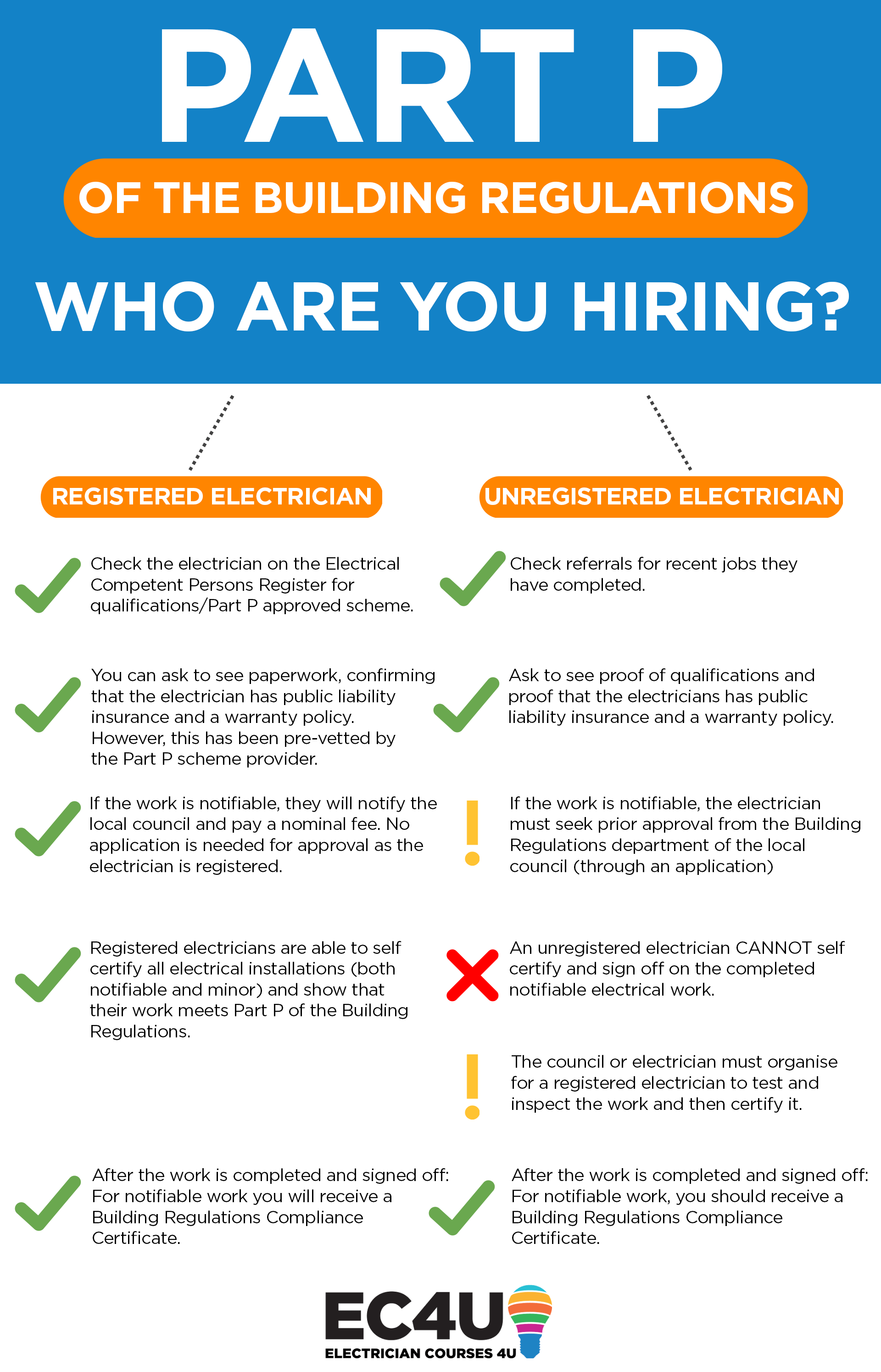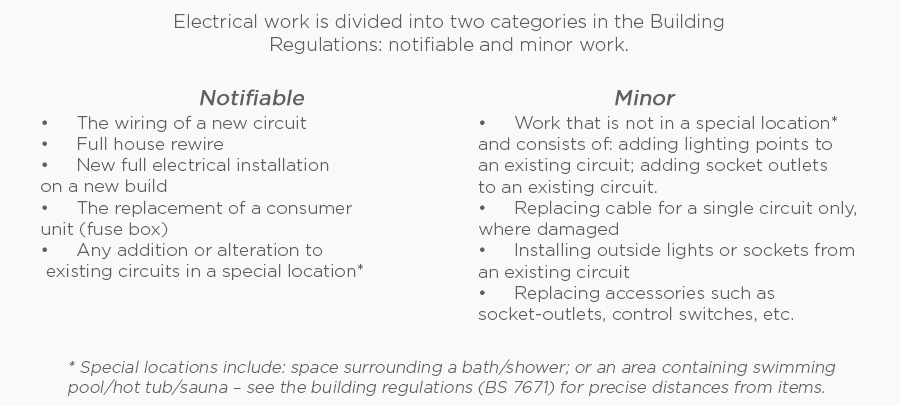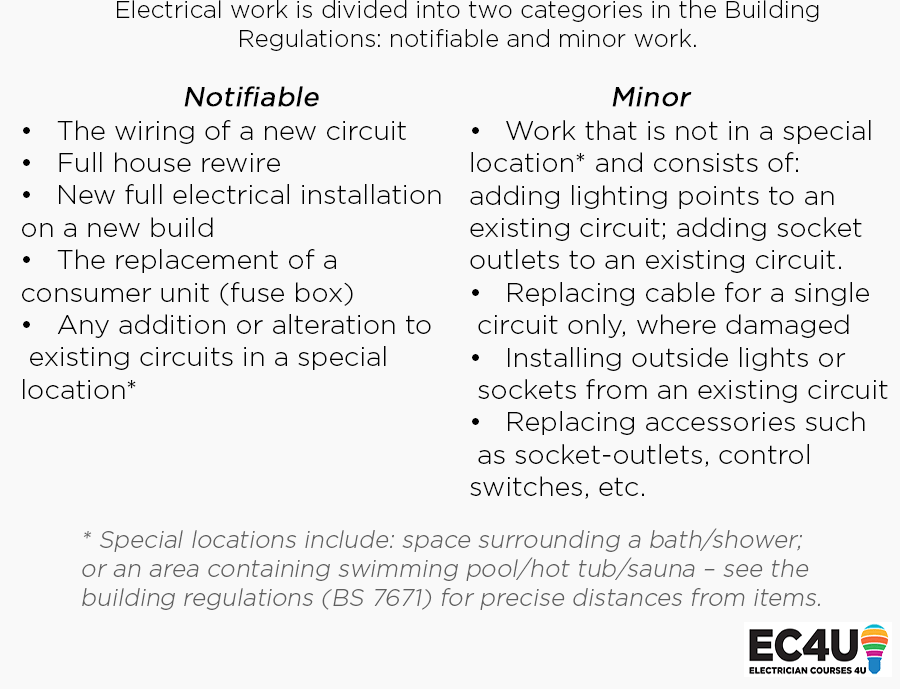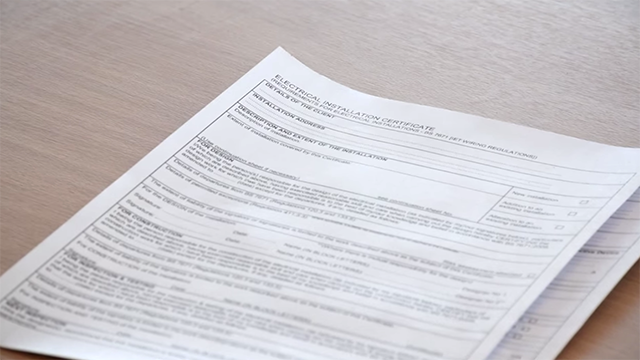Part P of the Building Regulations Explained to the Public
Did you know that Part P is the only legislation that protects homeowners from unsafe electrical installation work? Well neither does 86% of the public!
We believe the government and scheme providers should have a duty of care to raise awareness on the importance on Part P to the public and electricians. In turn it educates the public and drives down the percentage of unregistered electricians, as well as bringing up the overall quality of electrical work and reduce the number of injuries and fatalities from faulty electrics.
What is Part P electrical?
In 2005, Part P was introduced into the Building Regulations by the government, as new electrical safety rules which apply to all homes in England and Wales have to comply to. Yet only 14% of the public are aware of what Part P actually is, compared to the much greater 45% who know about Gas Safe.
This shocking lack of awareness shows the need for the government to take the initiative and improve public knowledge. Part P was introduced in order to protect you from any form of electrical disasters and ensure only qualified tradespeople carry out electrical work in the home; this applies to those who have taken Part P courses as part of their qualifications.
How does Part P apply to you?
Part P applies to those who live in houses, flats, maisonettes and those living in properties that share a communal area. It’s important to note that it also applies to electrical installations where the business shares an electricity supply with a dwelling, for example, homes located above shops.
If you live in one of these of properties, it’s important to understand what type of electrical work needs to be carried out.
There are two types: notifiable and minor work. Complying with Part P on any type of electrical work is necessary. It’s important because failure to comply is a criminal offence and means your home insurance is invalid.
You have a responsibility for the safety of yourself, your family and property. To make sure you understand Part P fully, take a few minutes and carry on reading. It could save your life and a lot of money.
Part P Compliance
It’s been reported that 80% of people are unaware that certain electrical work in the home must legally be carried out by either a registered electrician or signed off by the local council’s building control. There are two options when looking for an electrician to carry out electrical work in your home, both involve compliance with Part P. It is an unavoidable and absolutely necessary step in completing electrical work.
The first option is by having the work done by a competent registered person. We strongly recommend using a registered electrician to carry out any electrical work in your home. If you are unsure whether your electrician is registered, check on the Electrical Competent Persons Register to find out. This is ultimately the easiest and most reliable way as they are able to self-certify their work, because they are registered with a government approved Part P scheme provider. Registered electricians work to safe standards and all electrical installations should meet the UK national standard, BS 7671 (18th edition Wiring Regulations).
The other option is by hiring an unregistered qualified electrician, who must notify the council before starting notifiable work to make a Building Regulations Application and receive approval prior to starting work. After the notifiable work is completed by the unregistered electrician, it is their (or the councils) responsibility to get a registered electrician to test and inspect the electrical installation and to certify that the electrical work meets the building regulations. Make sure you receive a Building Regulations Compliance Certificate after the work has been completed. It’s important to remember that unregistered electricians cannot self certify any notifiable work.
It is ultimately safer and easier to hire a registered electrician to complete any electrical work in your home. You will not have to put in an application to your council, as registered electricians are authorised to submit applications on your behalf, making the process even simpler for you! The registered electrician will ensure that the work done is compliant with Part P of the building regulations before they sign off the work. Simplicity is key for the customer, so you have no interaction or hassle with the council; instead you are solely dealing with the electrician.
Interested in doing DIY electrical work? Part P still applies! DIYers carry out 0.95 million jobs a year, of which 5% are currently notifiable. Notifiable electrical requires submission of a building notice to the local council. 30% of electrical accidents could be prevented through regulation, so don’t put your safety at risk. Take a look at Electrical Safety First’s interactive Part P video that shows the real effects of doing DIY notifiable electrical work yourself. Do it right the first time and hire a registered electrician to carry out the work.

Why is Part P so important?
If you do not follow Part P of the Building Regulations, then the electrical installation may not be safe or compliant.
It is also a criminal offence and you risk being fined and compromising your home insurance. Failure to comply presents difficulty later on if you try and sell your home with faulty electrics and no certificates of proof.
Part P is so important because it aims to bring up the quality and safety of electrical work and continuously helps save lives. With the addition of Part P in the Building Regulations since 2005, it has already helped save lives all over the country, whilst reducing the risk of installation faults, injuries and deaths.
With the importance of safety a growing issue, it calls for the government to do more in the form of increasing public awareness and encouraging them to learn more about the importance of an electrician being registered. 62% of electricians believe the government should do more to inform the public. Where do you stand?
Want to know more about Part P? Then read on to find out who is policing Part P!









